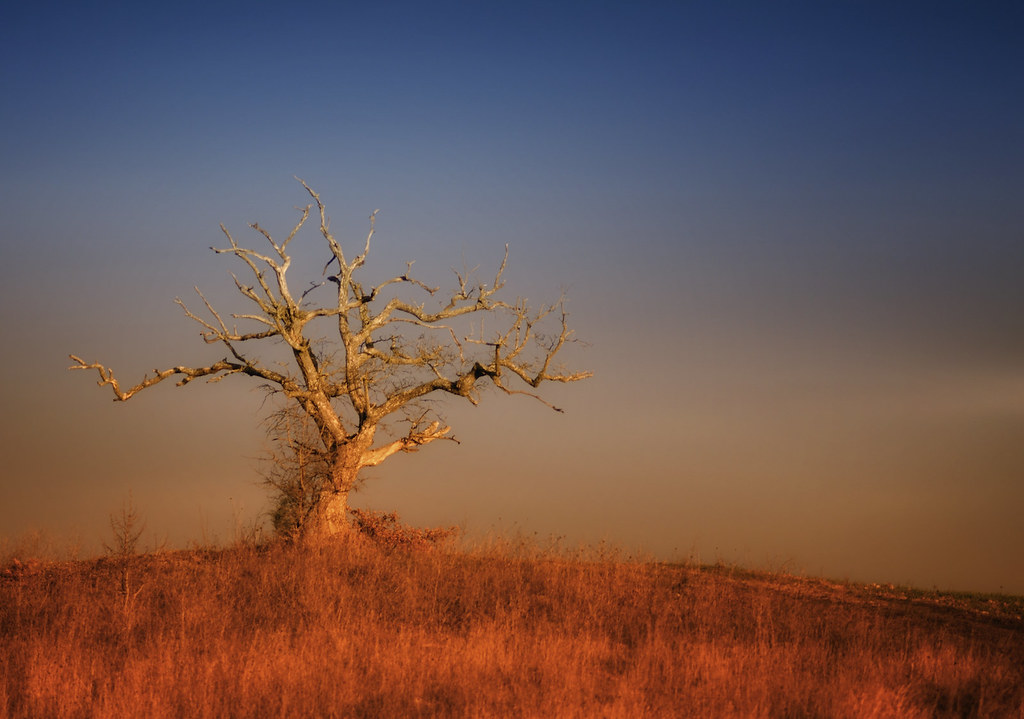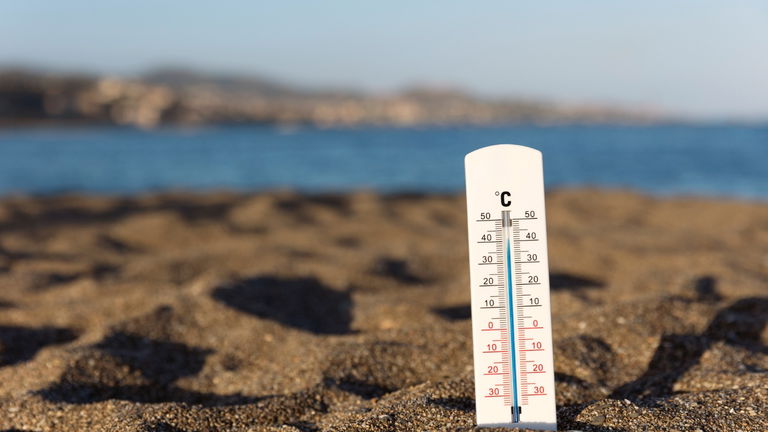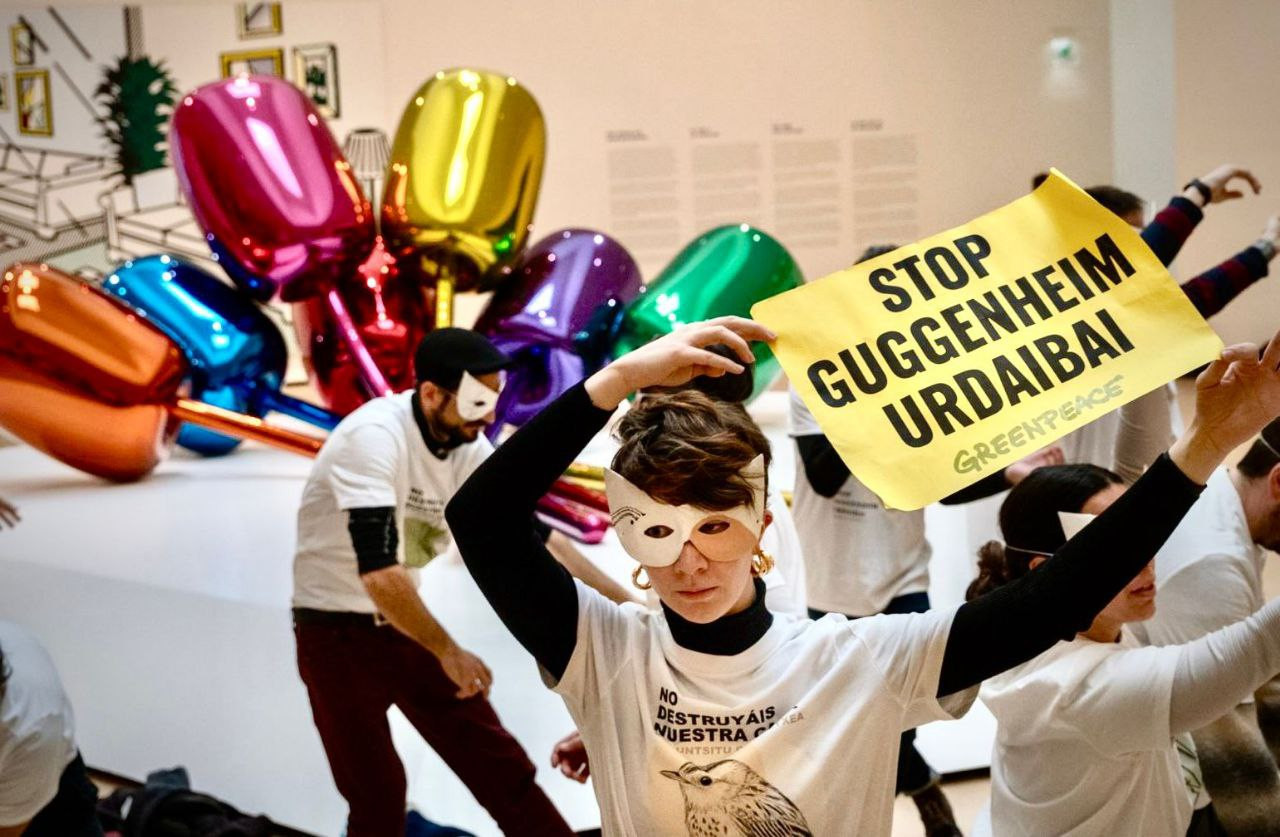Fusion of ice in the Arctic would also produce radioactive waste
- Arctic ecosystems are particularly fragile, as due to their low temperatures the growth of all beings is slow and the recovery time after a disorder is long. However, arctic ecosystems have become dumping grounds for 20th century industrial activities, voluntarily abandoned by the military or by global pollution. Management instruments for this "heritage" have yet to be developed.
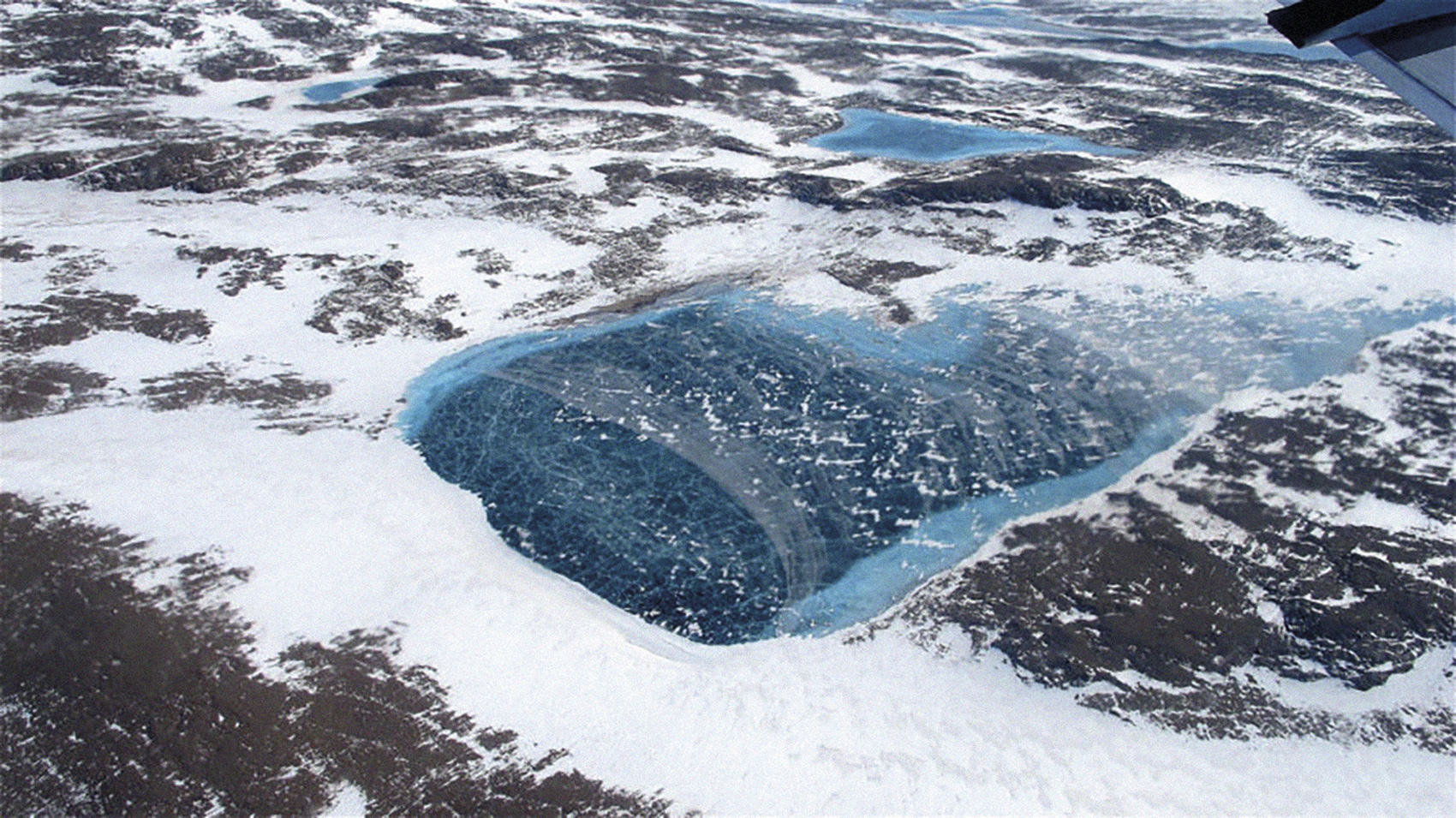
The twenty-first century XX.aren seems to be going to bring us more and more a long slice of abuse, although unfortunately those who will suffer side damage are not responsible for them. This can happen to us through the fusion of Arctic ice.
It is known that in summer the soil that used to be frozen, the so-called permafrost, is melting more and more rapidly, pouring frozen methane into the atmosphere and strengthening the greenhouse effect. Less is known about the risks associated with this fusion, more specifically the consequences of the dispersion of biological, chemical and nuclear materials that currently remain frozen in the subsoil. As these components reopen to the environment, as well as seriously impacting the functioning of ecosystems, they could reduce populations of some Arctic species and endanger human health, according to the emerging biogeochemical research "Risks biogeochemical risks from Arctic permafrost degradation", published in the journal Nature Climate Change in October 2021.
In the Arctic, nuclear weapons attempts began in the 1950s. Most of the Soviet Communities developed in the New Zembla herds, starting in 1955, and there lived hunters and fishermen from the people of Nenets, exiled to the continent. Between 1990, 130 tests were performed with a total of 265 megatons. In addition to these tests, the seas of Barents and Kara contain more than 100 nuclear submarines, so that most of the cod currently consumed in Europe comes from the Barents Sea. In Txernaia Bay, at the southern end of Zembla Berri, sediments contain a plutonium between 2,500 and 11,000 Bq/kilo, with a natural radioactivity level of 0–3 Bq/kilo.
Radioactive particles are not only deposited, but spread to the environment, and the fate of marine currents in the region in the coming decades is not clear. There are also large quantities of cesium 137, between 450-650 Bq per kilo, which will spread to the Arctic Ocean when the ice melts. Despite the fact that the Russian State announced a plan to eliminate these sunken submarines in that region, many will not be eliminated and those who will remain are emitting 8.860 TBq, millions of Bq.
In the West, the United States, despite its different exercises, has left similar signs in its environment. Camp Century research center in northern Greenland, built in 1959 to nine meters under the ice. A small nuclear reactor supplied it with energy and produced waste. In 1967, after the center was closed, all garbage remained under ice, which today loses 268 tons per year. Together, these wastes have a radioactivity of 1.2 billion Bq.
We would still be in time to clean the area, but the water that infiltrates the ice melting can open the materials. In addition, a serious accident occurred in the vicinity in 1968: Near the military base built in Qaanaaq, there was a fire in a B52 bomber carrying nuclear bombs, exploited the aircraft and dispersed 4.6 million uranium and plutonium on the ice surface of Greenland.
In general, Arctic nuclear pollution is very large and mobile. A study that analyzed the movements and absorption of caesium 137 in the 1990s reveals that dangerous levels of radioactivity may exist until the year 2500, but the most recent changes resulting from climate change have not been taken into account. Risks of absorption of these materials include acute irradiation syndrome, pulmonary deterioration and cancer.
Confusing risks
If nuclear waste is not sufficient, Arctic thaw increases the risk associated with chemical contamination. Atmospheric currents provide the side products of combustion to the poles, the most known being dioxins.
The same applies to some organochlorine molecules that are usually sprayed: DDT and lindane pesticides, or PCBs commonly used in electrical circuits. Today forbidden, but still scattered in the middle, the winds take them to the poles and accumulate them. They are then introduced into food networks and bioaccumulate, so they are found in a lot of fat from polar bears and other large predators. So far, a significant part of this pollution was left in the ice. As ice melts, its concentration increases in the middle. To these must be added some heavy metals from mining waste, mainly arsenic, cadmium, nickel and mercury, and pollution from oil extraction. The most polluted area can be found between the Yamal Peninsula and Taimyr, especially the city of Norilsk. The company of the local nickel mine left a black tide in May 2020 due to the breakage of a deposit built on the permafrost that began to melt.
Need for redirection
As anthropologist Anna Tsing says, we live in the disasters of capitalism, and the situation in the Arctic is staring at how these vast areas, almost impregnated with splashes, have been soiled and transformed for hundreds of years.
These situations generate "negative communal", according to the concept defined by researchers Emmanuel Bonnet, Diego Landivar and Alexandre Monnin, and we have not yet developed at a global level an adequate tool for the management of these communities, since we have not understood the problem in its whole dimension. So we have two common challenges: reducing climate change that would aggravate the negativity of these communities and learning to undo those disasters, and our unsustainable relationship with them, through our form of production.
Today’s Venice is built on an archipelago of 118 islands. These islands are connected by 455 bridges. The city is based on mud rather than Lura. Millions of trees in the area were cut down from the 9th century onwards to build piles and cement the city. Years have passed and... [+]
Lurrak guri zuhaitzak eman, eta guk lurrari egurra. Egungo bizimoldea bideraezina dela ikusita, Suitzako Alderdi Berdearen gazte adarrak galdeketara deitu ditu herritarrak, “garapen” ekonomikoa planetaren mugen gainetik jarri ala ez erabakitzeko. Izan ere, mundu... [+]
Eskola inguruko natur guneak aztertu dituzte Hernaniko Lehen Hezkuntzako bost ikastetxeetako ikasleek. Helburua, bikoitza: klima larrialdiari aurre egiteko eremu horiek identifikatu eta kontserbatzea batetik, eta hezkuntzarako erabiltzea, bestetik. Eskola bakoitzak natur eremu... [+]
Agintari gutxik aitortzen dute publikoki, disimulurik eta konplexurik gabe, multinazional kutsatzaileen alde daudela. Nahiago izaten dute enpresa horien aurpegi berdea babestu, “planetaren alde” lan egiten ari direla harro azpimarratu, eta kutsadura eta marroiz... [+]
Biologian doktorea, CESIC Zientzia Ikerketen Kontseilu Nagusiko ikerlaria eta Madrilgo Rey Juan Carlos unibertsitateko irakaslea, Fernando Valladares (Mar del Plata, 1965) klima aldaketa eta ingurumen gaietan Espainiako Estatuko ahots kritiko ezagunenetako bat da. Urteak... [+]
Nola azaldu 10-12 urteko ikasleei bioaniztasunaren galerak eta klima aldaketaren ondorioek duten larritasuna, “ez dago ezer egiterik” ideia alboratu eta planetaren alde elkarrekin zer egin dezakegun gogoetatzeko? Fernando Valladares biologoak hainbat gako eman dizkie... [+]
Eskoziako Lur Garaietara otsoak itzularazteak basoak bere onera ekartzen lagunduko lukeela adierazi dute Leeds unibertsitateko ikertzaileek.. Horrek, era berean, klima-larrialdiari aurre egiteko balioko lukeela baieztatu dute, basoek atmosferako karbono-dioxidoa xurgatuko... [+]









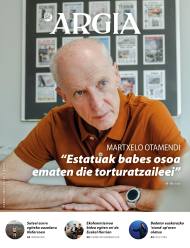





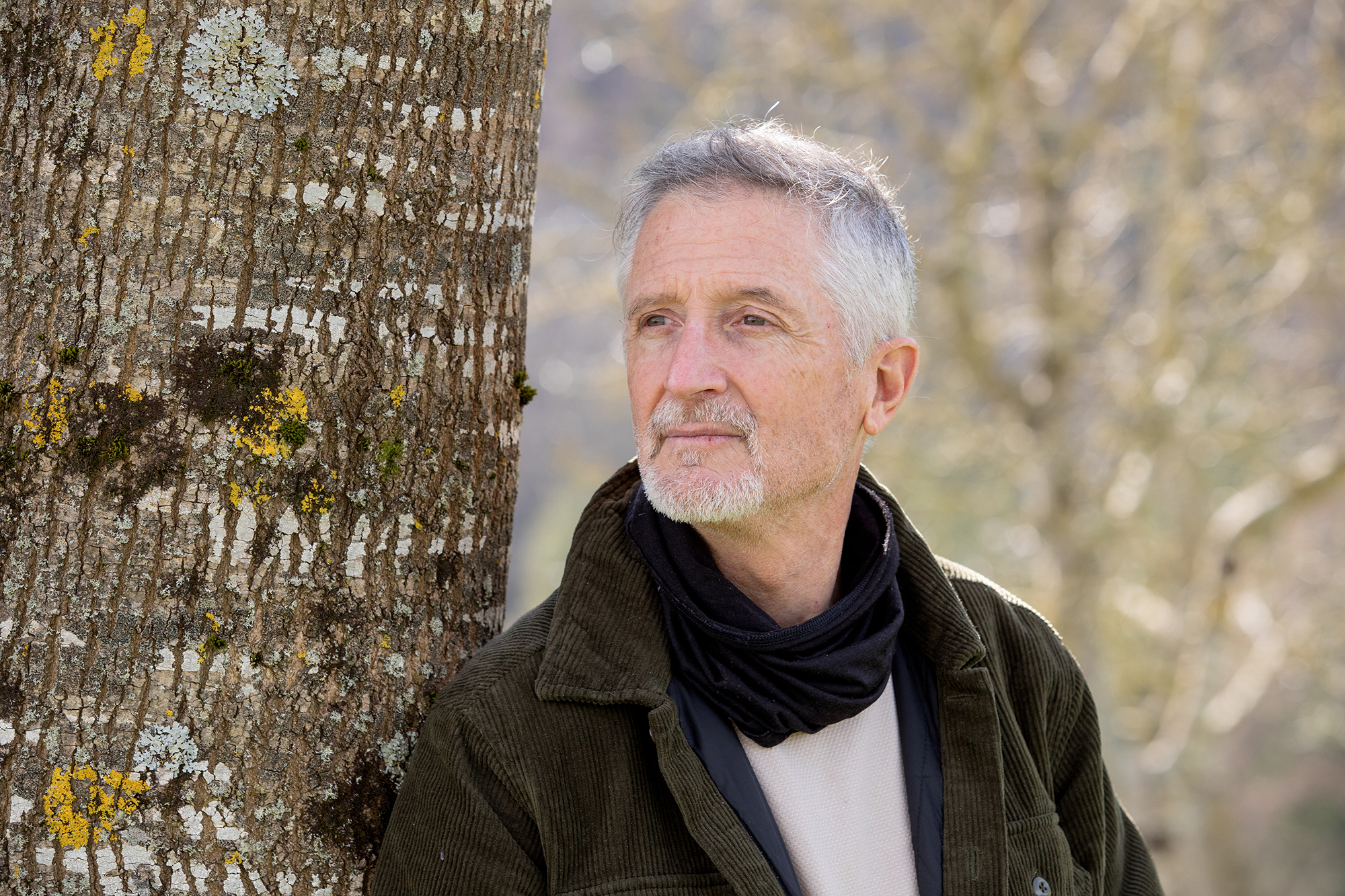

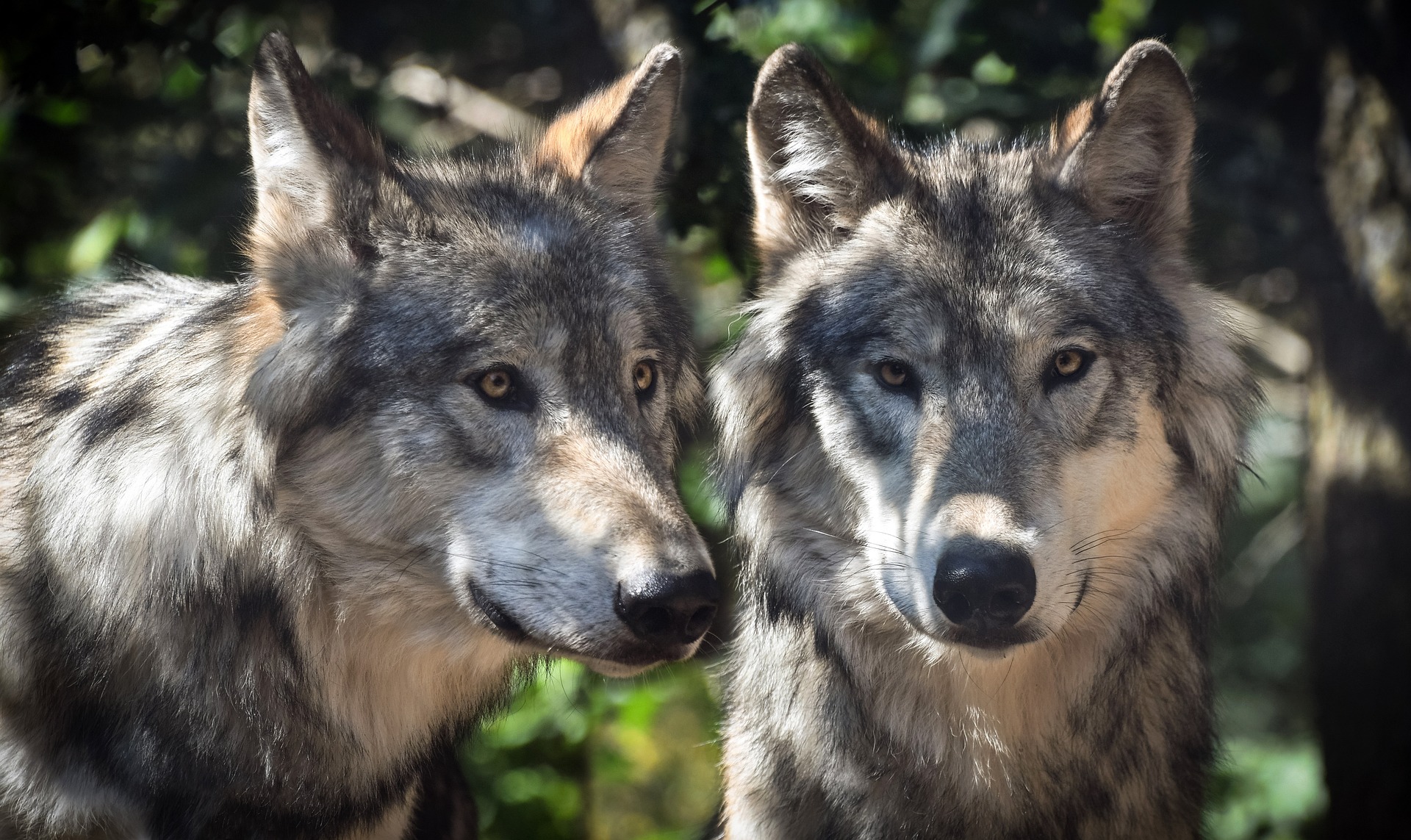
_Glaciar.png)
